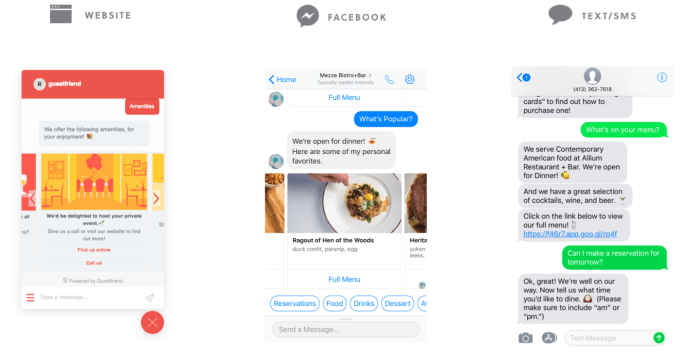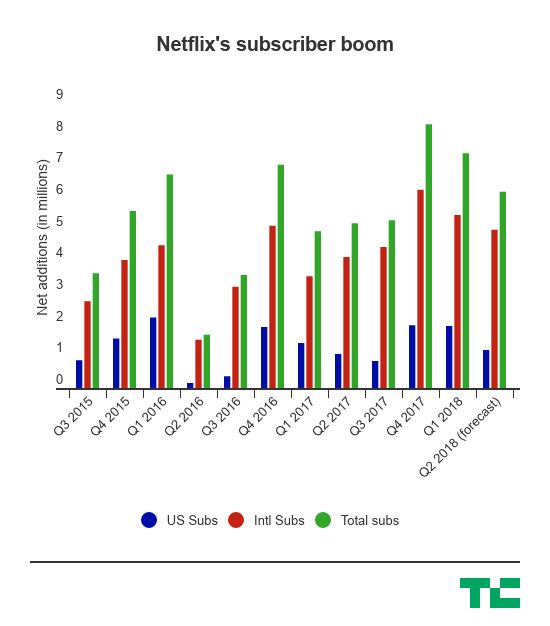In November, we told you about Farmers Business Network, a social network for farmers that invites them to share their data, pool their know-how and bargain more effectively for better pricing from manufacturing companies. At the time, FBN, as it’s known, had just closed on $110 million in new funding in a round that brought its funding to roughly $200 million altogether.
That kind of financial backing might dissuade newcomers to the space, but a months-old startup called AgVend has just raised $1.75 million in seed funding on the premise that, well, FBN is doing it wrong. Specifically, AgVend’s pitch is that manufacturers aren’t so crazy about FBN getting between their offerings and their end users — in large part because FBN is able to secure group discounts on those users’ behalf.
AgVend is instead planning to work directly with manufacturers and retailers, selling their goods through its own site as well as helping them develop their own web shops. The idea is to “protect their channel pricing power,” explains CEO Alexander Reichert, who previously spent more than four years with Euclid Analytics, a company that helps brands monitor and understand their foot traffice. AgVend is their white knight, coming to save them from getting disrupted out of business. “Why cut them out of the equation?” he asks.
Whether farmers will go along is the question. Those who’ve joined FBN can ostensibly save money on seeds, fertilizers, pesticides and more by being invited to comparison shop through FBN’s own online store. It’s not the easiest sell, though. FBN charges farmers $600 per year to access its platform, which is presumably a hurdle for some.
AgVend meanwhile is embracing good-old-fashioned opacity. While it invites farmers to search for products at its own site based on the farmers’ needs and location, it’s only after someone has purchased something that the retailer who sold the items is revealed. The reason: retailers don’t necessarily want to put all of their pricing online and be bound to those numbers, explains Reichert.
Naturally, AgVend insists that it’s not just better for retailers and the manufacturers standing behind them. For one thing, says Reichert, AgVend’s farming customers are sometimes offered rebates. Customers are also better informed about the products they’re buying because the information is coming from the retailers and not a third party, he insists. “When a third party like FBN comes in and tries going around the retailers, the manufacturers can’t guarantee that FBN is giving the right guidance about their products.”
In the end, its customers will decide. But the market looks big enough to support a number of players if they figure out how to play it. According to USDA data from last year, U.S. farms spent an estimated $346.9 billion in 2016 on farm production expenditures.
That’s a lot of feed and fertilizer. It’s no wonder that founders, and the VCs who are writing them checks, see fertile ground. This particular deal was led by 8VC and included the participation of Precursor Ventures, Green Bay Ventures, FJ Labs and House Fund, among others.
Powered by WPeMatico



 It’s called Crypto Rider, predictably, and is very much a spawn of the popular Line Rider type of game, though (hopefully) different enough that there won’t be any cease and desists forthcoming.
It’s called Crypto Rider, predictably, and is very much a spawn of the popular Line Rider type of game, though (hopefully) different enough that there won’t be any cease and desists forthcoming.